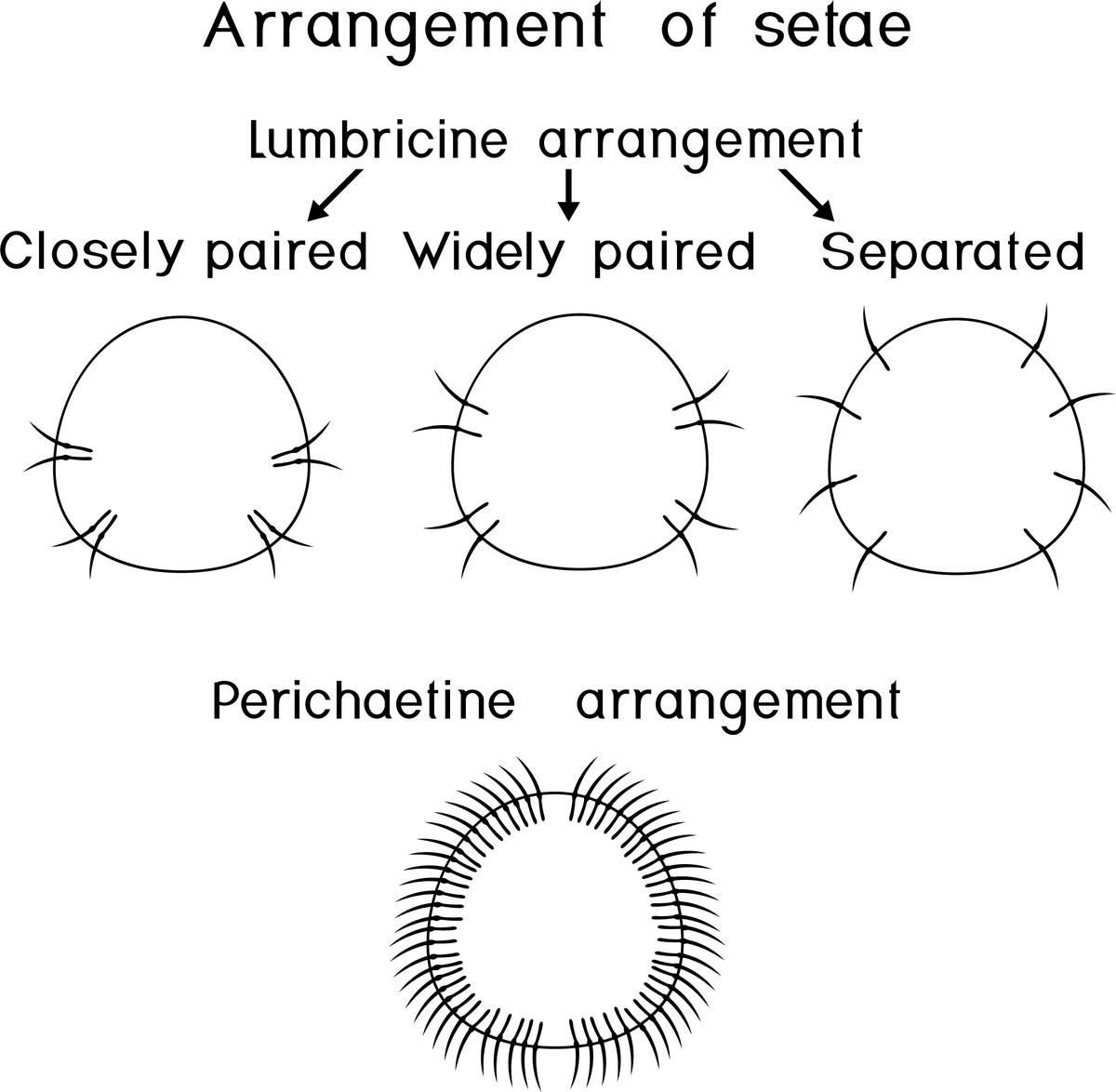Transcranial Magnetic Stimulation解析
Transcranial Magnetic Stimulation (TMS) is a non-invasive neurostimulation technique that involves the use of magnetic fields to stimulate specific regions of the brain. It is typically used as a therapeutic intervention for various neurological and psychiatric conditions.
During a TMS session, a coil is placed on the scalp, which generates magnetic pulses that pass through the skull and into the brain. These pulses can either stimulate or inhibit neuronal activity in the targeted brain region, depending on the settings used.
TMS has been primarily used in the treatment of depression, particularly for individuals who do not respond well to traditional antidepressant medications. It has also shown promising results in the treatment of other conditions such as anxiety disorders, post-traumatic stress disorder (PTSD), obsessive-compulsive disorder (OCD), and chronic pain.
The exact mechanism of action of TMS is still not fully understood, but it is believed to work by modulating the activity of neural circuits involved in mood regulation and emotional processing. By stimulating or inhibiting specific brain regions, TMS can potentially restore the balance of brain activity and alleviate symptoms associated with various disorders.
TMS is considered safe and well-tolerated, with few side effects. The most common side effects include mild scalp discomfort or headache during or after the session. Rarely, TMS can cause seizures, especially in individuals with a history of epilepsy or certain other risk factors. However, the risk of seizures is very low when TMS is administered by trained professionals using appropriate safety measures.
Overall, TMS is a promising treatment option for various neurological and psychiatric conditions, offering a non-invasive alternative to traditional medication-based approaches. However, further research is needed to fully understand its long-term effectiveness and optimal application in different clinical settings

原文地址: https://www.cveoy.top/t/topic/h0fN 著作权归作者所有。请勿转载和采集!